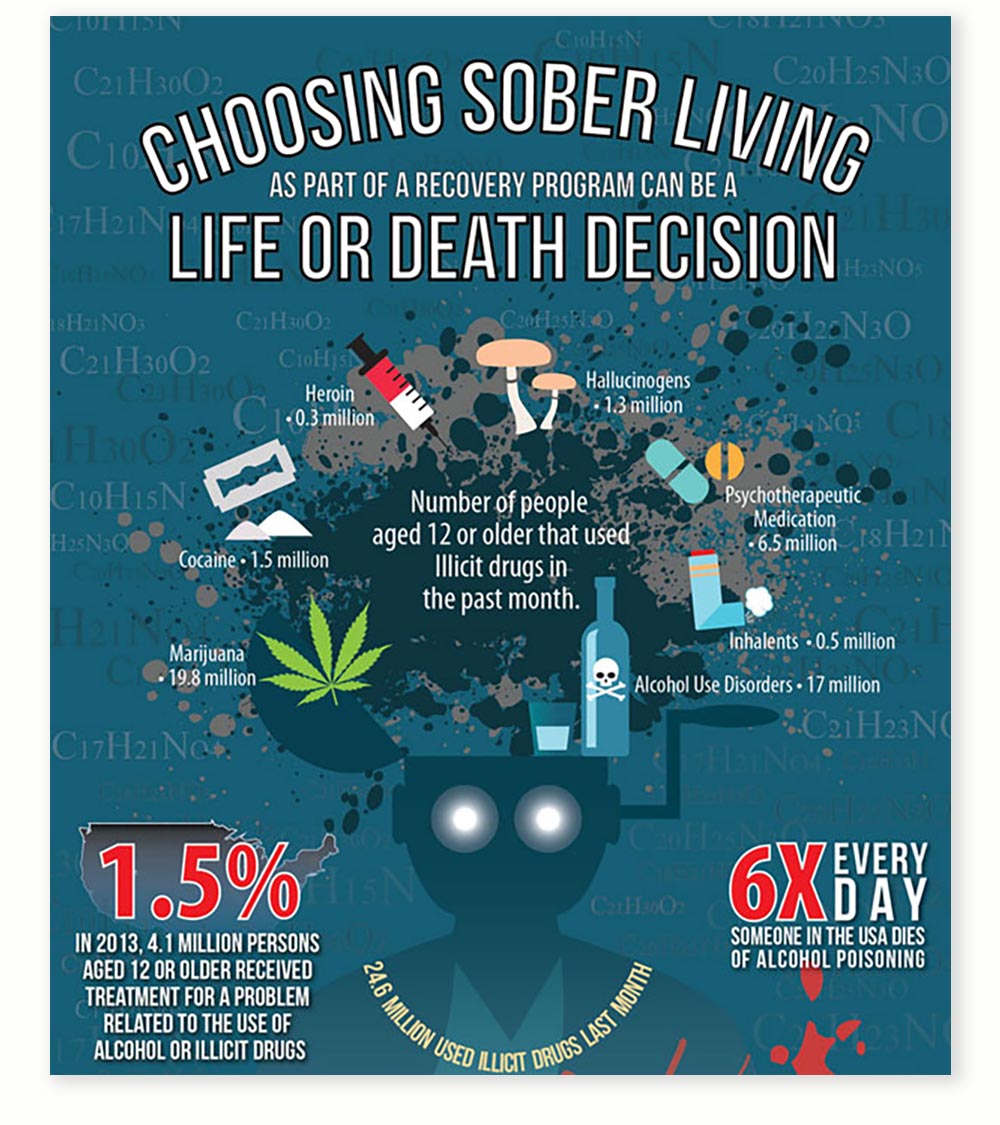Over Prescription Of Opioid Painkillers
Sometimes having something around is enough reason to do it, which is something everyone is prone to, but addicts know all-too-well. When asked why someone started using drugs, often we hear that “they were around.” Whether it was a family member or a close friend who brought the drug into your life, chances are that the first time you tried a drug, and subsequently kept using, it was available in your environment, it was easy to get a hold of.
This part of the drug story is something most addicts and recovering addicts can relate to, and the government is trying to limit the availability or prescription drugs by reforming how they are prescribed. The opioid painkiller addiction that has grown into a nationwide epidemic stems from the over prescription of narcotic painkillers, which flooded the market a few years ago and continued on its upward trajectory.
The National Safety Council recently released a report that shows that 99 percent of primary care physicians in the United States routinely over prescribed potentially addictive opioid painkillers for longer than the three-day period mandated by the Centers for Disease Control and Prevention (CDC). The National Safety Council also reports that doctors regularly prescribe these painkillers for unnecessary ailments like lower back pain and dental pain, completely overlooking non-addictive alternatives, which some research shows to actually be more effective in reducing pain and discomfort in the long-term than the addictive pills that are prescribed en masse.
The CDC is actively trying to curb the over prescription of opioid painkillers, which has increased by 400 percent since 1999. Policy and healthcare experts believe that this prescription spree is what has led to the sharp spike in addiction to painkillers and heroin, as well as a sharp increase in overdose related deaths, which came to nearly 19,000 in 2014.
People who have addiction to opioids, or are dependent on any other substance, should not be prescribed narcotic painkillers because they are already at an increased risk to develop an addiction to pain pills, since just having them around can prove to be too great a temptation.
Although doctors need to be held accountable for the drugs they prescribe and the side effects of those pills, there are steps patients can take to reduce risk of abusing painkillers. The CDC recommends that opioids be used only for cancer, palliative and end-of-life care, and short-term pain. How short is short-term? Remember that the CDC says to limit opioid painkiller use to three days. Just as a point of reference, the National Safety Council reported that about 20 percent of doctors prescribe these pills for 30 days, and they prescribe this medication for inappropriate ailments like headaches, fibromyalgia, and simple back pain.
When visiting the doctor, be clear about your struggles with addictions to avoid being given narcotic painkillers that will derail all sobriety work done thus far. If this is something the doctor says you must take, get a second opinion, and know the dos and don’ts of this.







COMMENTS